For over a decade, now, EPCOT Center has been gone from Walt
Disney World. “Epcot” has taken its place, as EPCOT Center, and the original
concepts and ideas for the park have been watered down, nullified, and altered,
foolishly, in my opinion, to fit the supposed needs of Disney’s guests. These
“needs” that Disney conformed Epcot to are not fundamentally ones that are in
line with the park’s original aims. Those aims were centered around exhibiting
optimism, futurism, and culture in a World’s Fair setting. Transforming EPCOT
into Epcot took these constructs away from exhibition and squarely changed them
into experiences. While that’s not a bad idea, the thematic trappings that
accompanied them were. World of Motion, EPCOT’s transportation pavilion
showcased the history of man’s achievements on the move. The first version of
Test Track ignored that progression and centered on the experience of testing a
modern day car, something decidedly not optimistic or futuristic. And thus, the
unified and driving force behind EPCOT Center was fragmented. Epcot would go on
to do this across the board, to many of their pavilions. While still being
primarily about “discovery” and science, Epcot’s changed theme wasn’t always
futuristic or conducive to the park’s original aims or theme of exposition.
And now, in recent years, Epcot seems to be realigning
herself to those old thematic constructs in subtle ways. Test Track 2 has
recently debuted in Future World, replacing the old ride’s aesthetic and intent
of simple crash testing in an automotive proving ground with the sleek and
other worldly experience of being in a computer simulation. The experience is
heightened by the preshow and the further involvement of actually designing a
prototype vehicle. And, here’s the rub: With personalized involvement, and the
ability to see why and how design choices are vital to the construction and
creation of a form of transportation, a little bit of EPCOT Center has come
back to Epcot. Test Track 2 thrives on interaction, and interaction that
showcases a vision of the future spurned on by choices and creativity. While
not fully aligned with EPCOT Center’s strides to be optimistic and grand, the
same personal spirit can be found in how Test Track 2 now approaches futurism
and the guest’s (and by extension, humanity’s) role in it. The rest of the gap
between Test Track 2 and EPCOT Center is bridged in the aesthetics and feel of
the entire pavilion.
Where the old preshow was a cavernous jumble of automotive
clutter and ugly equipment, the new queue and preshow takes place in a subdued
showroom, with soft lighting, brilliant screens, and models of futuristic cars
and vehicles. Here, is where EPCOT Center’s influence is felt the most. Open
and spacious, sleek and bright, the preshow lends itself to being functional
but clean and with a purpose. It also brings back some exhibition to Future
World as various concept cars are displayed along with informative videos highlighting
the importance of design choices and different factors that effect a design’s
responsiveness and capability. The final execution of the queue’s aesthetic is
oddly familiar to the 1979 plans for World of Motion’s queue. Designed by Tim
Delany, the original concept for the queue would have housed models of various
forms of transportation, supporting the pavilion’s theme. Now, Test Track
emulates this concept with it’s own “exhibition queue”, a improvement over the
“walking through a warehouse” aesthetic that Test Track 1 attempted to thrive
on. The only remnant’s of Test Track 1’s old
feeling is left outside, and above the entrance: the overhang and tarps over
the entrance. In all honestly, this is the only blight on the refurbishment’s
aesthetics, as the hodgepodge of trusses and tarps are the exact opposite of
the pavilion’s sweeping lines and monolithic shape. Those motifs are carried
out through the preshow and queue, as is a subdued color pallet of silvers and
blues.
The ride’s aesthetics follow the same pattern of color and
texture, but are much more augmented to place riders into the world of a
computer simulation. Unlike other “modern” Epcot attractions, there is no
disclaimer warning guests that this is all an illusion, that you don’t leave
the building, and that your imagination should do the rest of the work that
lazy thematics should. (Yes, I’m talking
about Mission: SPACE…) Instead, the computer dynamics and aesthetics of the
ride are made to look as fantastic and otherworldly as possible, allowing a
rider to think for themselves as to what they are experiencing. For me, this
subtle lack of “narrative” on the design choice is a wonderful continuation of
how WED designed rides to be about experience and personal interpretation. In the
Haunted Mansion or Pirates of the Caribbean, there is no real right answer to
the “story” of what you experience. To me, they’ve always been “trip into a
haunted house” or “Pirates doing pirate things”. Test Track 2 now offers the
same way forward in its thematic execution. After you choose your design
choices, the actual experience of the ride is one that is of your own
imagination. The experience isn’t something concrete and forces you to overlay
your own thoughts onto what you see and feel during the course of the ride.* Personally,
I took the experience to be one of fantasy, as you board your car in the design
studio, and are subjected to tests. Meaning, Test Track doesn’t physically take
you through a computer or a program, but rather subjects your conscious design
choices to a simulation. Given the fact that the narration welcomes you to the
“SimTrack”, this isn’t a stretch. Meanwhile, fantastic science fiction
aesthetics are nothing new to EPCOT. World of Motion’s finale, the CenterCore
(a massive representation of a city on the move) was evocative, other worldly, and almost
alien. Test Track 2 feels the same way… and pays a wonderful homage to
CenterCore with it’s own futuristic urban setting. EPCOT Center was grounded in
a realistic sort of fantasy, as Horizons took you to the dawn of a relatable
future, and The Living Seas offered a comfortable, but futuristic environment.
Test Track 2 builds on the same premise during the ride experience, that this
vision of a computer test is believable, based on the aesthetics and mechanics
of the technology we interact with on a daily basis.
The visceral ride experience is still fast paced, and still
loud, and still frenetic. To expect anything else from this refurb would have
been folly. While these attributes of the ride aren’t exactly the quiet and
thoughtful atmosphere for the realizations and opinions I’ve proffered here,
(this post took several ride through to let everything sink in, though, I did
enjoy TT2 from my first encounter with it!) the meaning of the ride is apparent
to those that get to design and build their own vision of a vehicle. Thus,
meaning is what makes Test Track 2 the intellectual successor to the World of
Motion, and the closest the park has gotten to an EPCOT Center level of
attraction in quite some time.
From the optimistic and pressing score that accompanies
guests in the queue, to encouraging creativity in the design process, to the
sheer delight of being immersed in a ethereal landscape, Test Track 2 feels
like it has a defined purpose. Where the original iteration of this ride was
just about the cheap thrill and experience of testing a modern day car, this
version has nuance. Your decisions
matter, your car gets tested, your ideas can help shape tomorrow’s
mobility. When placing that set of ideas next to the warm and optimistic
experience of EPCOT Center, Test Track 2 fits snugly next to the humanistic
experience that got lost along the way. Now, fortunately, a part of it, has
been rekindled, in this new version of the attraction.
All of this said, Epcot has a long way to go in becoming
close to what EPCOT Center was. That will take changes like these applied on a
grand scale, that unify Future World with similar aesthetics, meanings, and
messages. Test Track 2 is certainly a
stride forward, in matters of meaningful entertainment, and the proper feel for
what makes Epcot continuously captivating and enlightening. Test Track 2 is an
excellent start in pivoting Future World and Epcot back towards living up to
the grand standard set in 1982, 30 years ago, and just at Disney’s dawn of the
21st century.
________________________________________________
*@Jonathan_Prime (twitter) helped work out this line of
thought in a much more cogent manner than I was originally describing. Cheers!


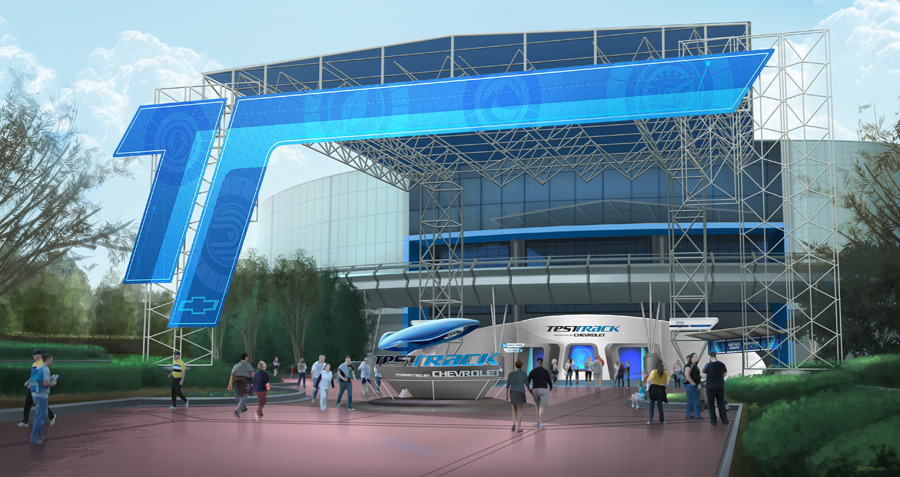
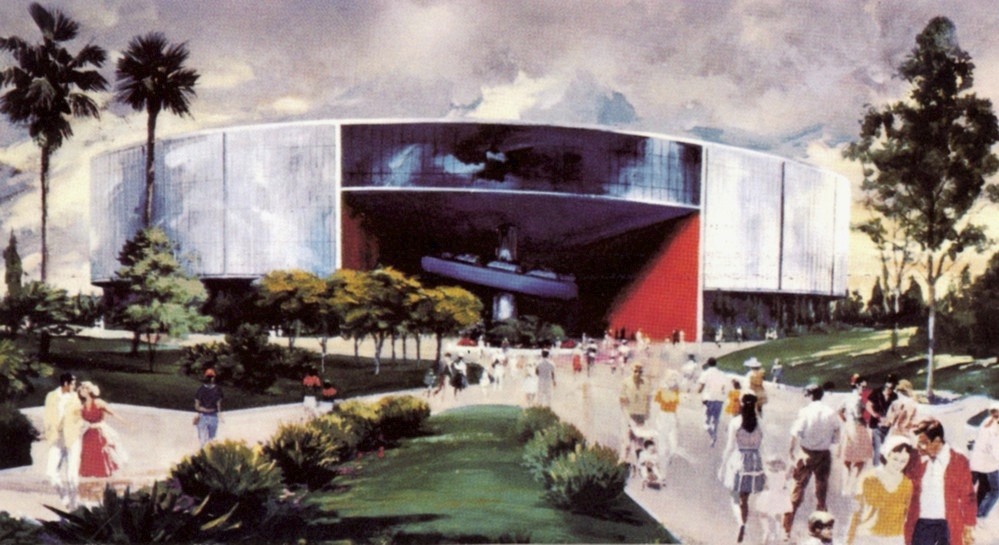
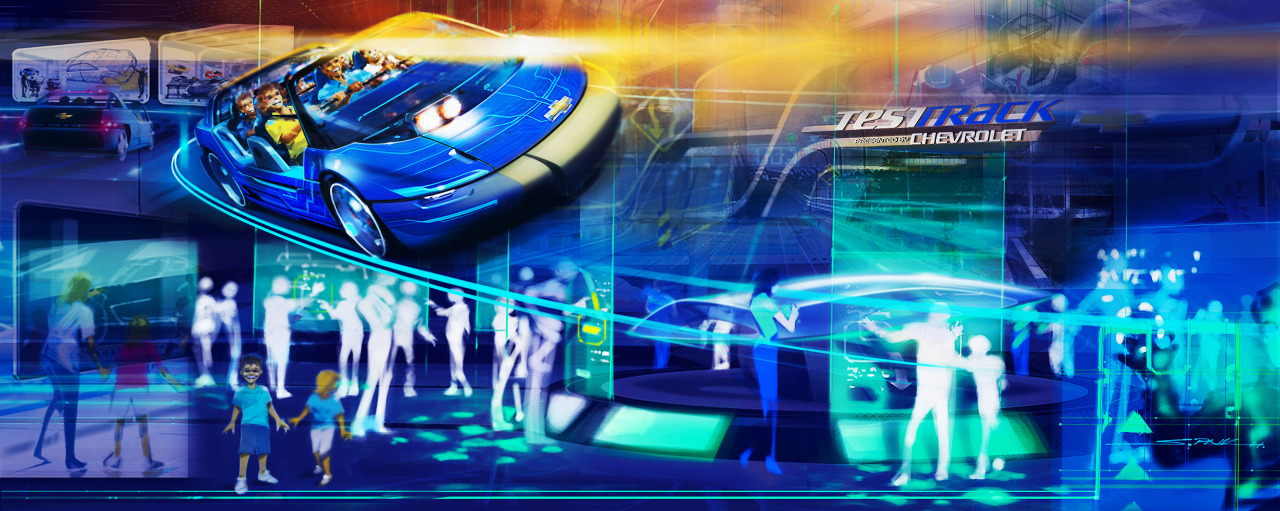
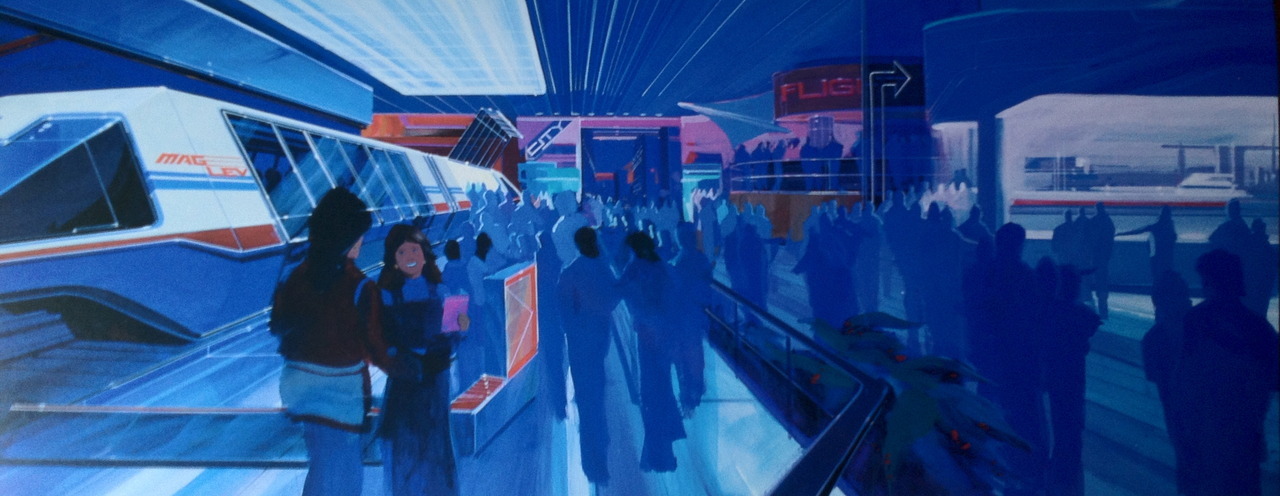
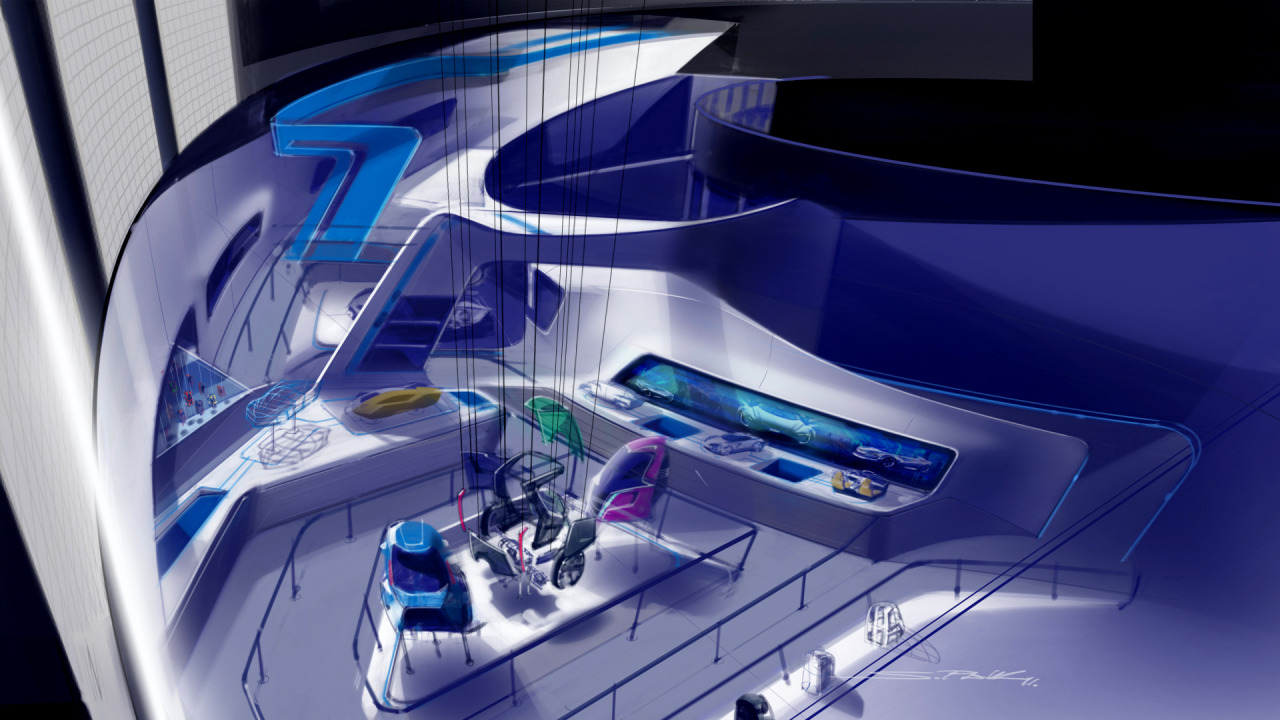
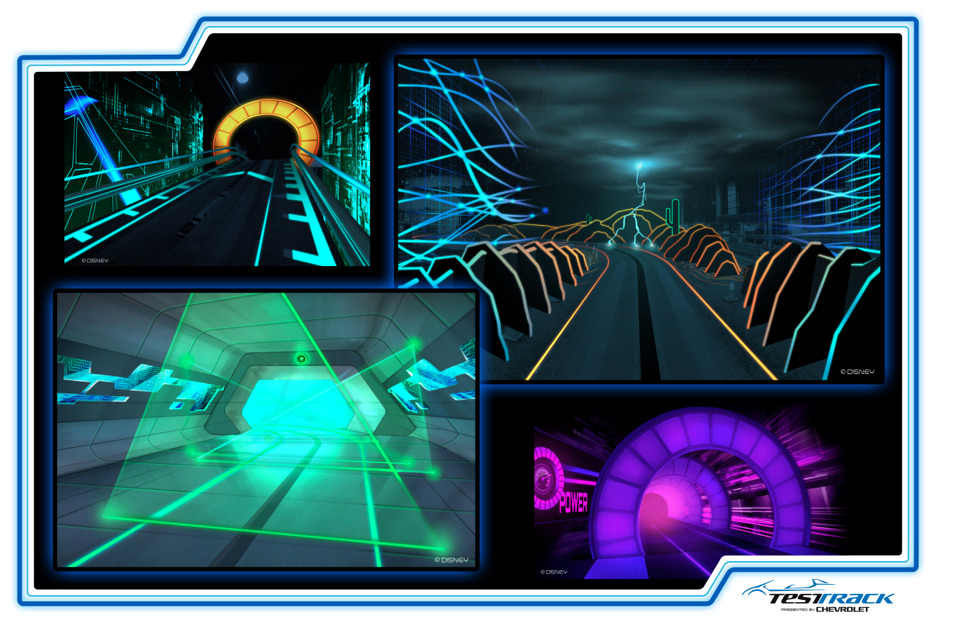
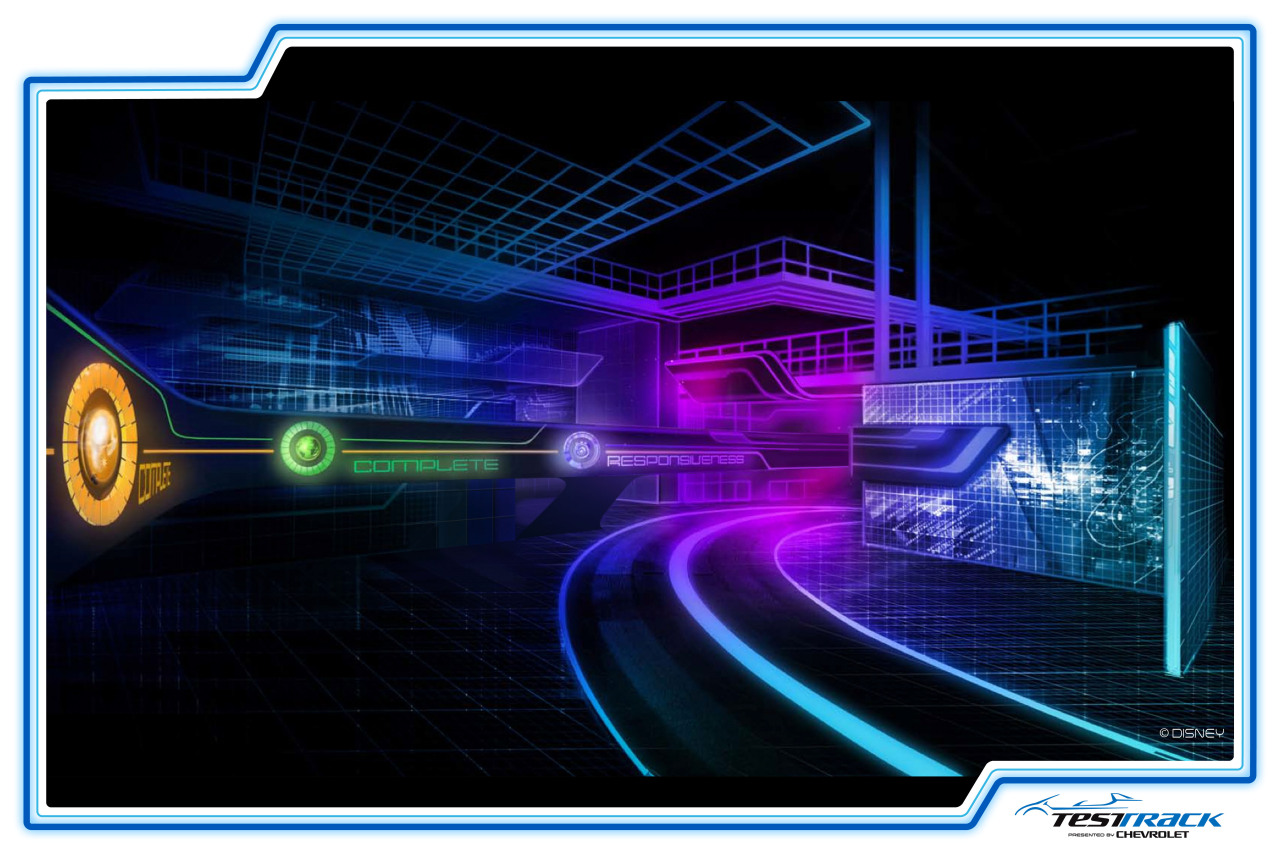

No comments:
Post a Comment